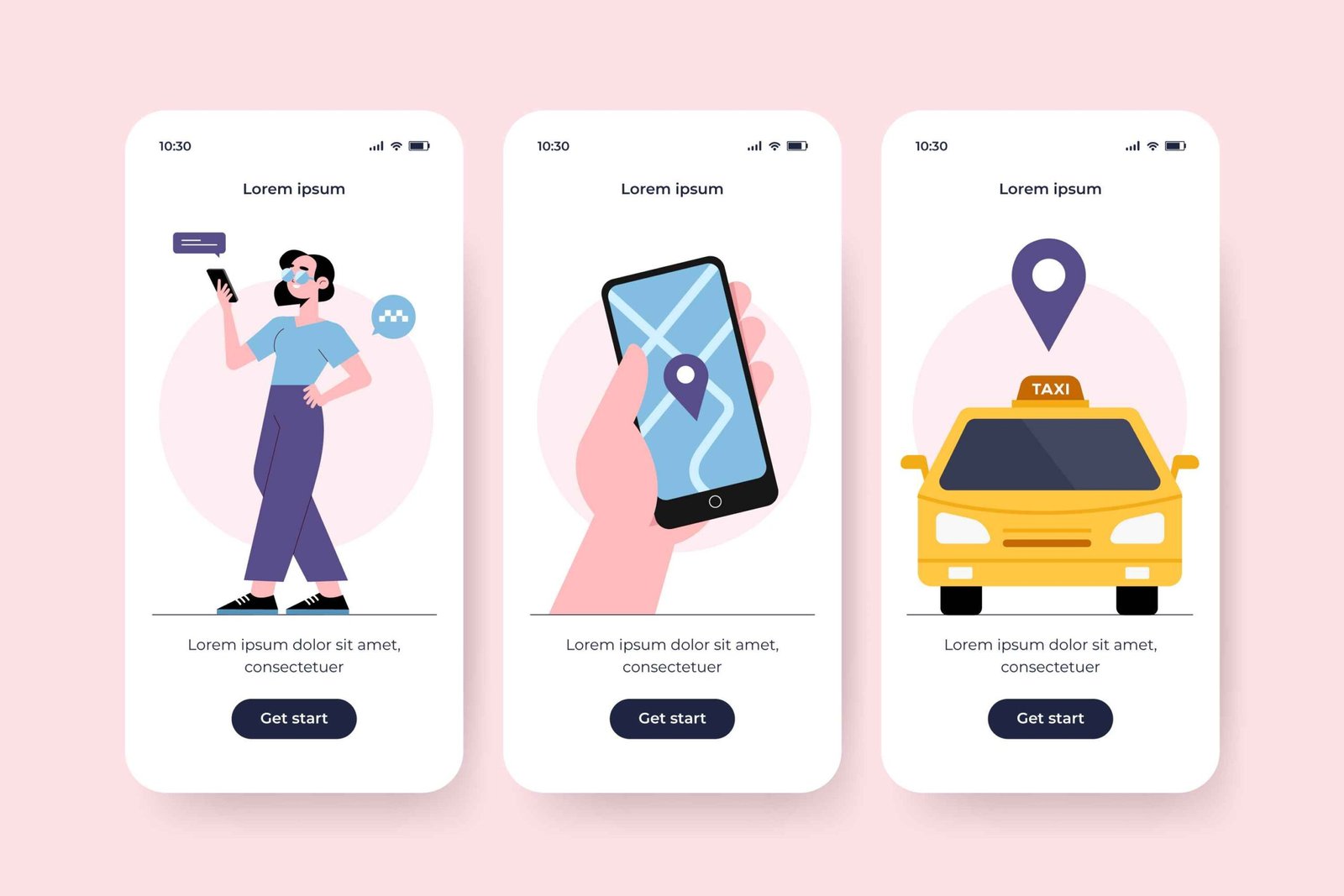Introduction
The ride-hailing industry has witnessed explosive growth in the past decade, with Uber, Lyft, and other pioneers reshaping how people move around cities. But what’s even more interesting is the rise of Uber clone apps, custom-built ride-hailing solutions modeled after Uber’s proven business model. Today, investors are pouring money into these apps, betting big on their potential to dominate local markets, disrupt traditional taxi services, and unlock multi-billion-dollar opportunities.
But why is this trend accelerating right now? From changing consumer behavior to advancements in technology and post-pandemic demand for safe, reliable mobility, the timing has never been better. Let’s break down why Uber clone apps are attracting so much investor attention and why they might just be the future of urban transportation.
The Global Ride-Hailing Market Boom
The ride-hailing market is expected to cross $350 billion by 2028, growing at a rapid pace worldwide. Urbanization, rising fuel prices, and the shift from car ownership to shared mobility are key growth drivers.
Uber clone apps are uniquely positioned to tap into this growth because they:
- Offer customizable platforms for startups in any region.
- Provide lower barriers to entry compared to building a platform from scratch.
- Allow faster scalability in both developed and emerging markets.
This growing market is a magnet for investors who see replicable success stories in cities across Asia, the Middle East, Africa, and Latin America, where Uber itself has yet to dominate fully.
Why Uber Clone Apps Appeal to Investors
1. Proven Business Model
Uber’s model has already been validated globally. Investors love Uber clone apps because they remove uncertainty about whether the system works, and with the right local tweaks, it can scale profitably.
2. High Return Potential
Early adopters of Uber clone apps in developing regions often become market leaders quickly. With low competition and strong local demand, returns can be significantly higher than traditional tech investments.
3. Customization and Niche Opportunities
Unlike Uber, clone apps can be customized for local needs:
- Women-only ride-hailing services
- Luxury car fleets
- Bike taxis for congested cities
- Carpooling and shared shuttles
These niches attract investors because they open new revenue streams beyond standard taxi services.
4. Pandemic-Driven Mobility Shift
Post-pandemic, customers prefer contactless payments, digital ride booking, and private transport over crowded public options. Uber clone apps that integrate safety features like driver sanitization checks and passenger health declarations win consumer trust.
5. Integration with Emerging Tech
AI, blockchain, and IoT are revolutionizing ride-hailing apps. Uber clone platforms that integrate real-time tracking, dynamic pricing, and AI-based demand forecasting attract more investor interest, as they promise scalability and profitability.
Regional Growth Opportunities
Investors aren’t just betting on Uber clone apps for developed countries; they’re eyeing emerging markets where the potential is even greater.
- India & Southeast Asia: High population density and poor taxi infrastructure make ride-hailing apps essential.
- Middle East & Africa: Cities like Dubai, Nairobi, and Lagos are seeing booming demand for reliable transport.
- Latin America: With Uber facing regulatory hurdles, local Uber clone apps are seizing opportunities.
Each of these regions represents multi-billion-dollar untapped markets, giving investors strong reasons to fund clone startups.
Multiple Revenue Streams Attract Investors
Uber clone apps don’t just make money from ride fares, they create diverse revenue models:
- Commission fees on rides
- Surge pricing during peak demand
- Subscription-based loyalty programs
- In-app ads and partnerships
- Vehicle leasing and maintenance for drivers
This diversification of revenue streams makes them far more attractive to investors, as profitability is not dependent on a single source.
Regulatory Landscape and Investor Confidence
While regulations remain a challenge, many governments are opening doors to ride-hailing apps by offering licenses and setting safety standards. This gives investors confidence that the industry is not only profitable but also sustainable in the long run.
Cities that once resisted Uber are now partnering with ride-hailing platforms to reduce traffic congestion and integrate them into smart city plans. This shift boosts investor trust.
Future of Uber Clone Apps: What Investors See
The next wave of Uber clone apps won’t just be about taxis; they’ll integrate into multi-service platforms, offering:
- Food delivery
- Grocery delivery
- Courier and logistics services
- On-demand home services
This super app model makes them even more appealing to investors, as it creates ecosystems that keep users engaged across multiple services.
Conclusion
Investors are betting big on Uber clone apps because they combine a proven business model with untapped market opportunities. As cities grow and consumer habits evolve, demand for safe, affordable, and tech-enabled mobility will only increase. With customizable solutions, multiple revenue streams, and integration into the super app ecosystem, Uber clone apps are no longer just copies they are the next big thing in urban transportation.
FAQs
1. Why are Uber clone apps attracting investors right now?
They offer a proven business model, fast scalability, and access to emerging markets where demand is high.
2. Are Uber clone apps only for taxis?
No, many evolve into super apps, integrating ride-hailing with delivery, logistics, and on-demand services.
3. Do Uber clone apps work in small cities?
Yes, they can be customized for local and niche markets, including smaller cities where Uber doesn’t operate.
4. How do Uber clone apps make money?
Through ride commissions, subscriptions, in-app ads, surge pricing, and partnerships.
5. What is the future of Uber clone apps?
The future lies in multi-service integration, AI-powered efficiency, and region-specific customization, making them a long-term investment opportunity.



